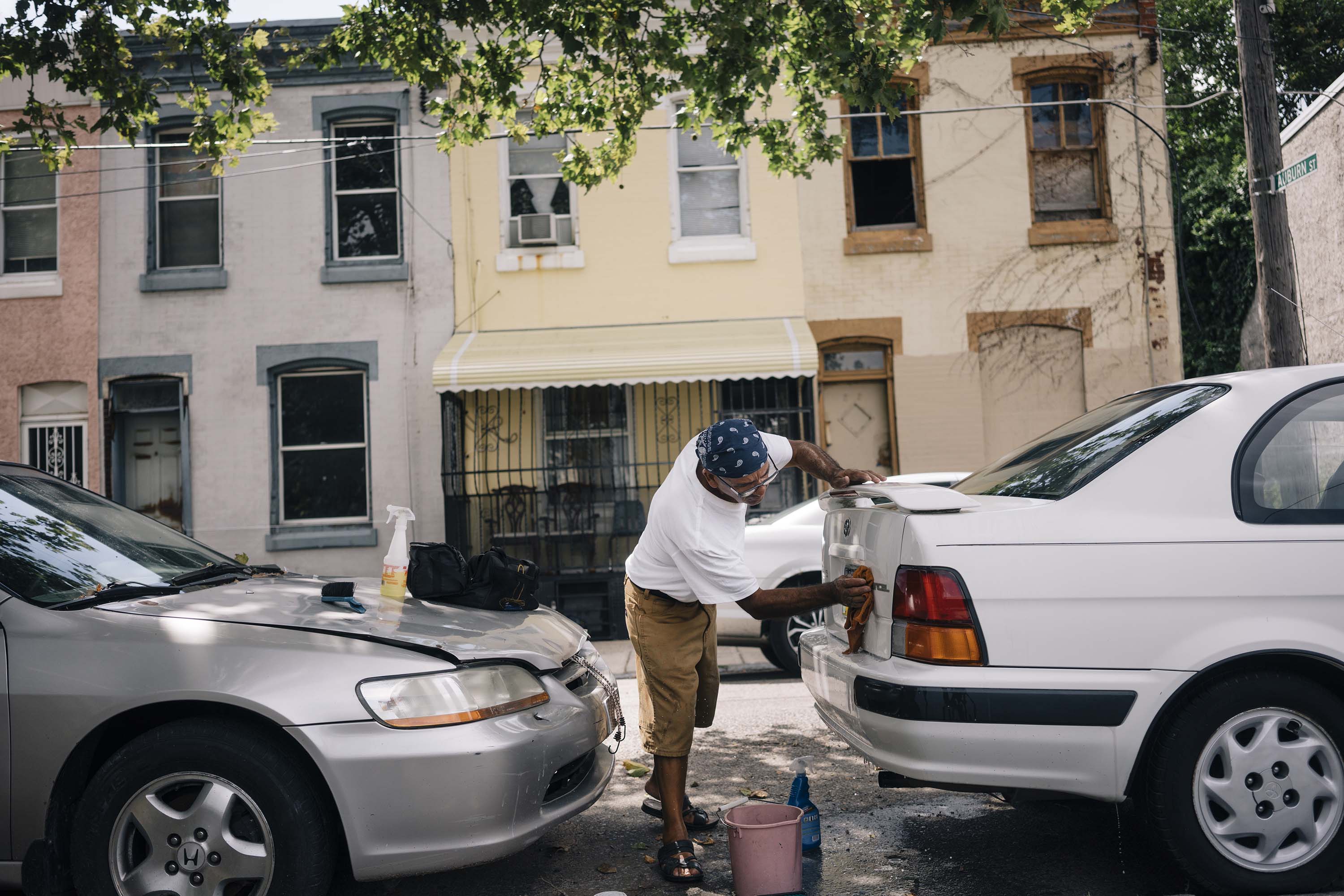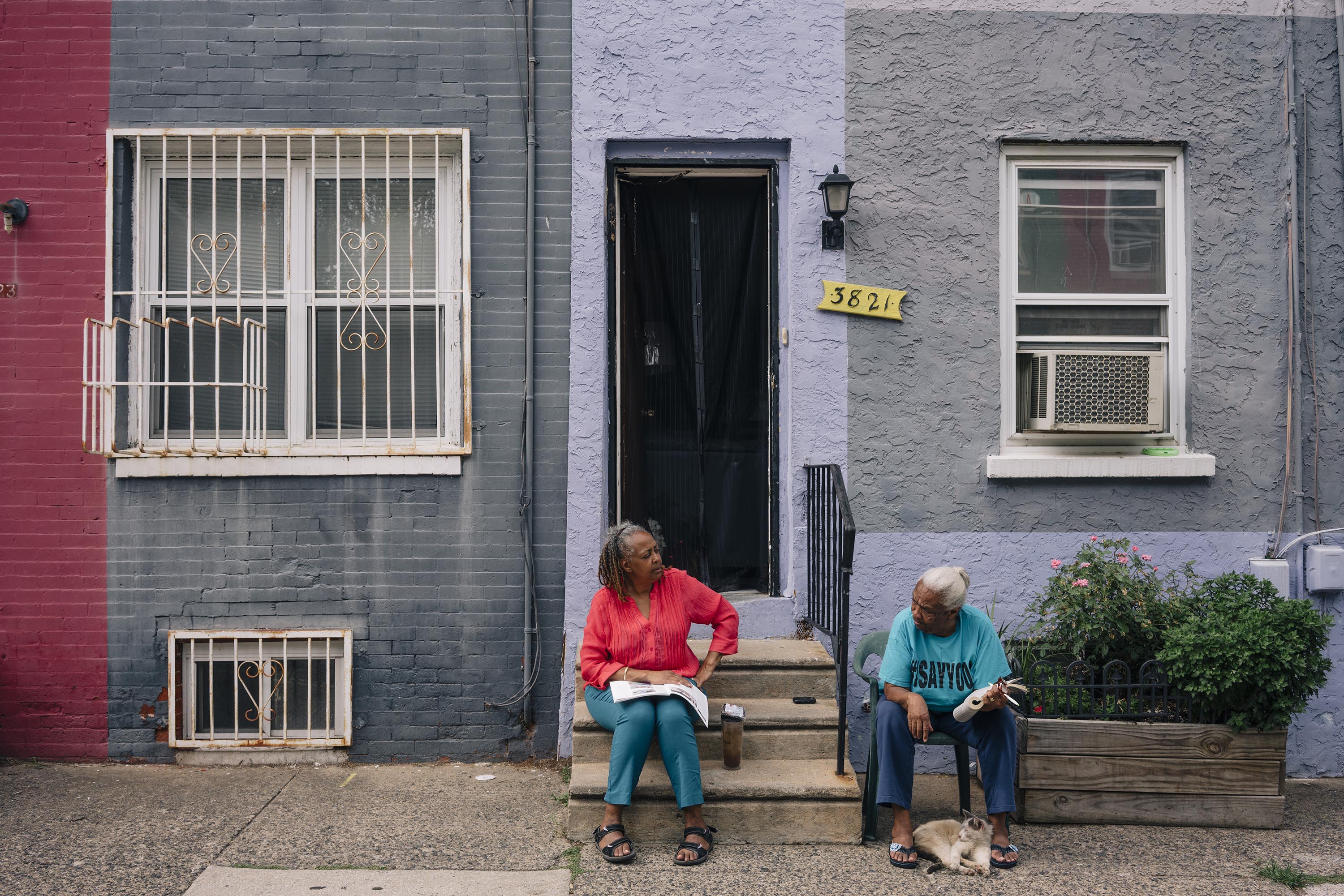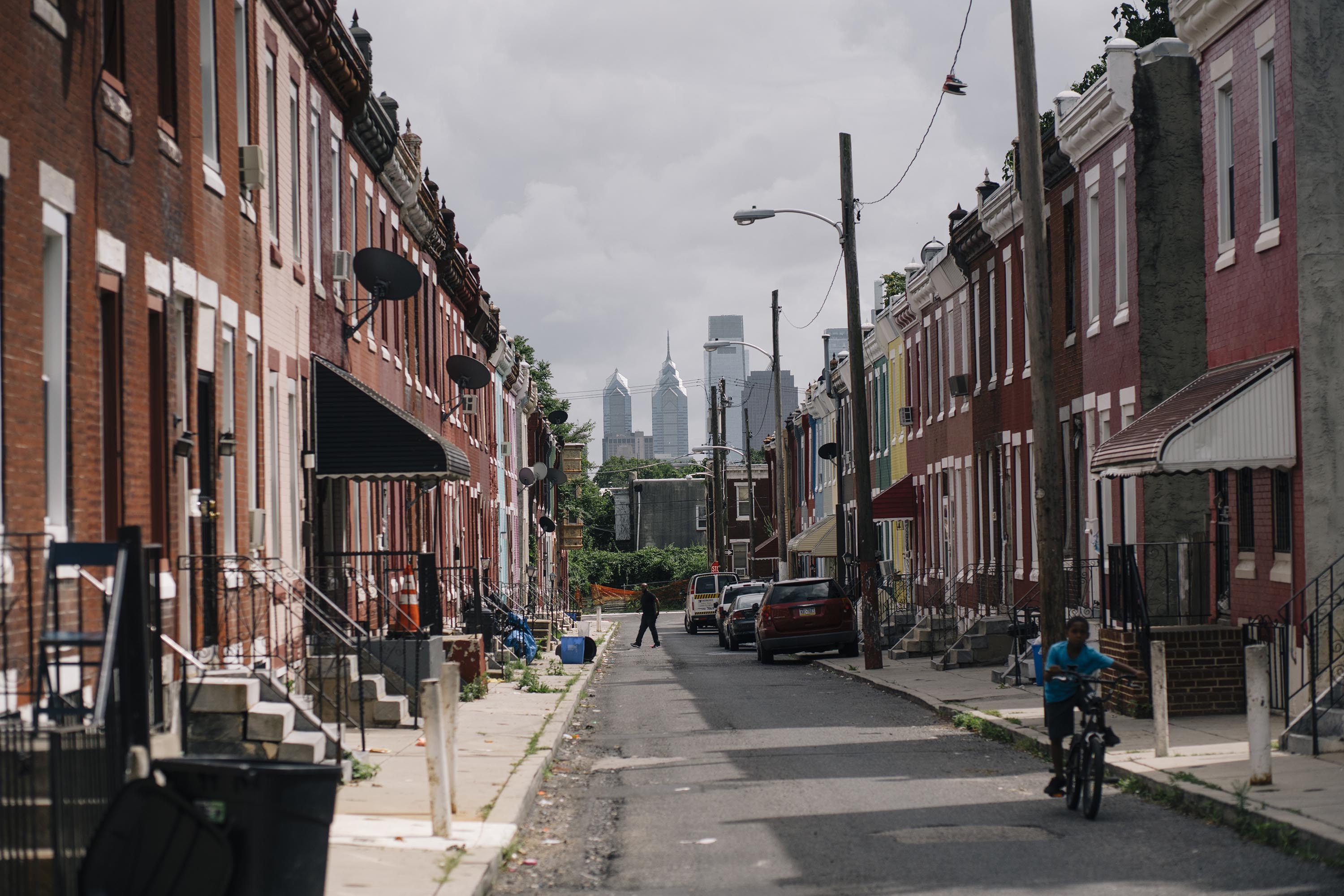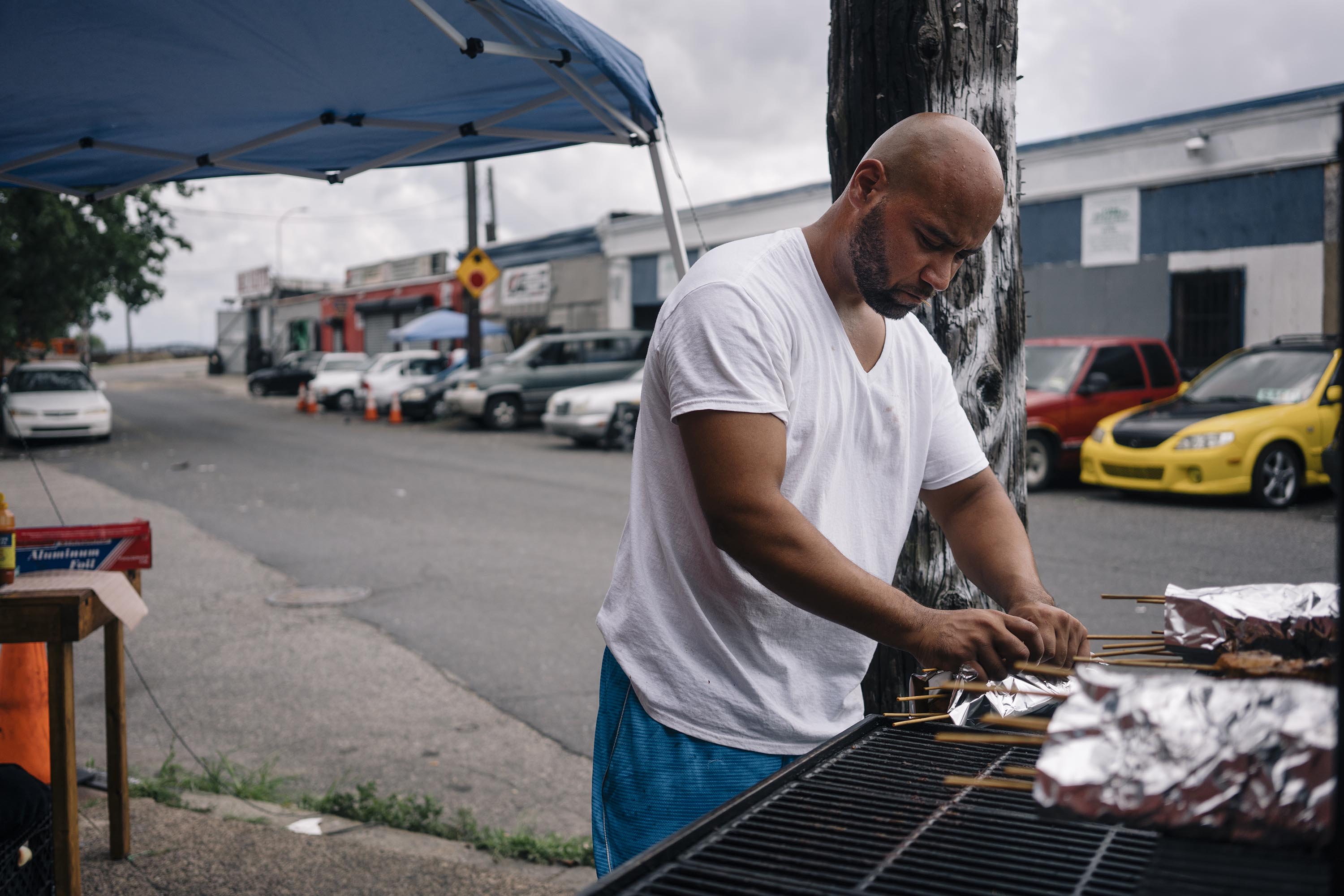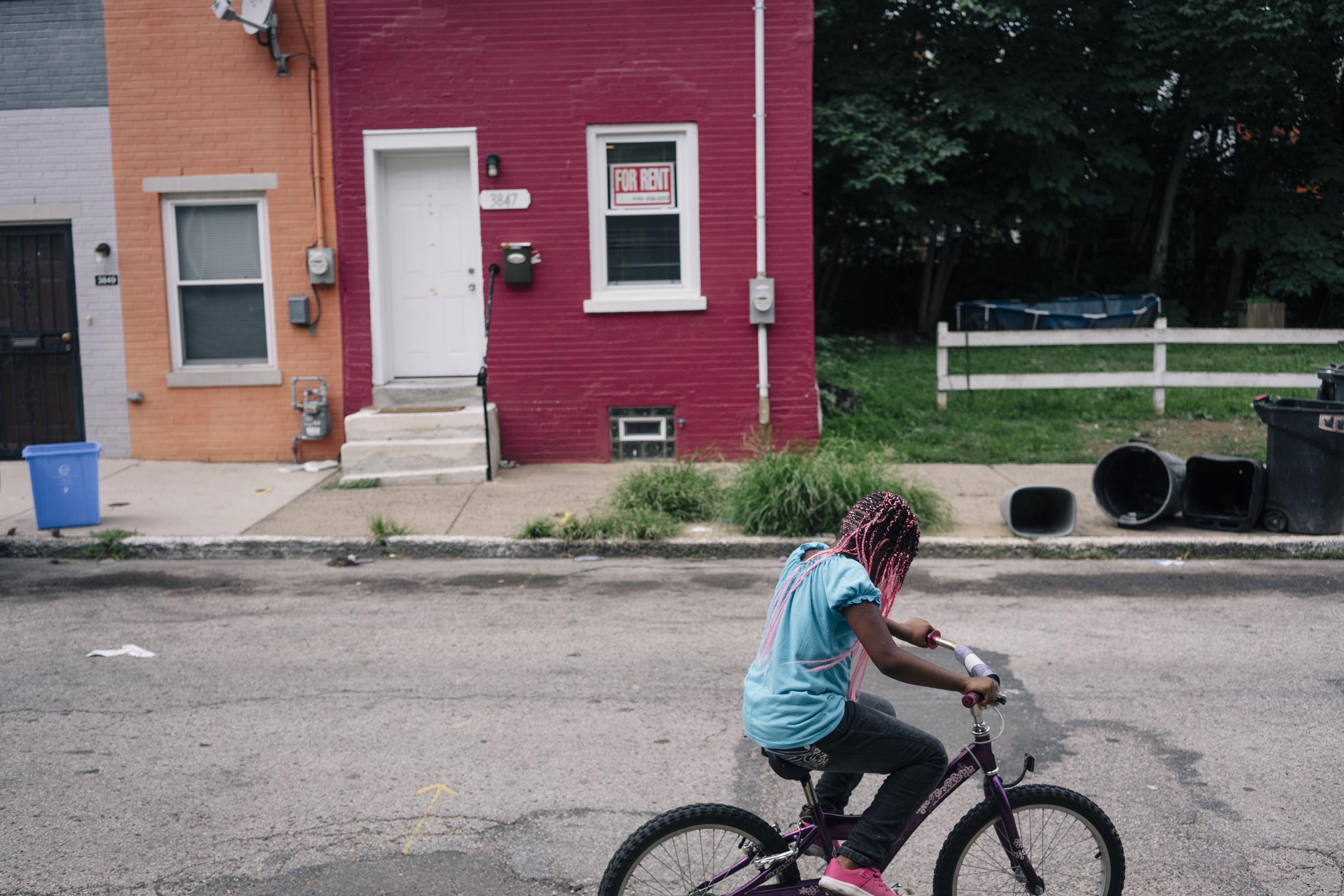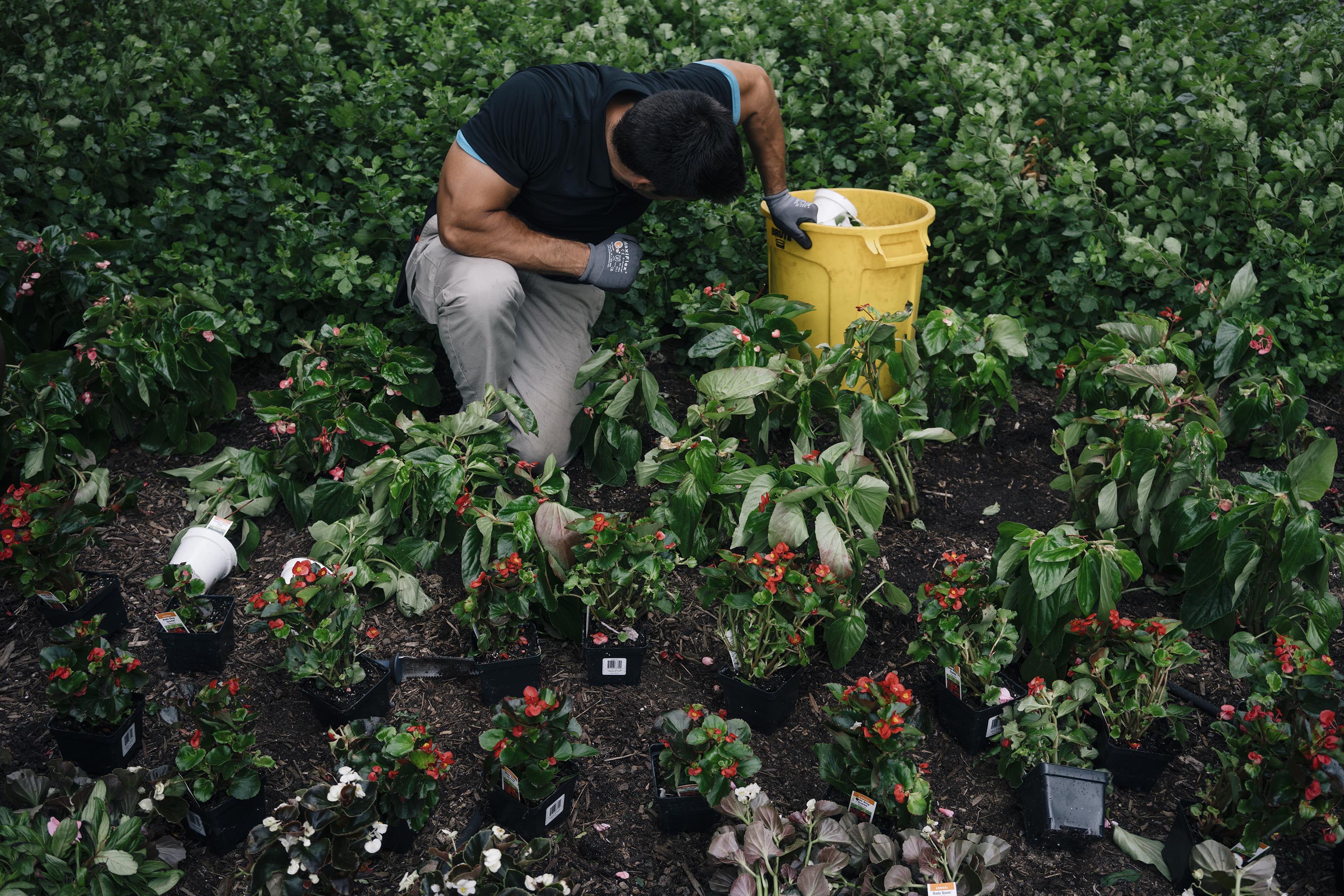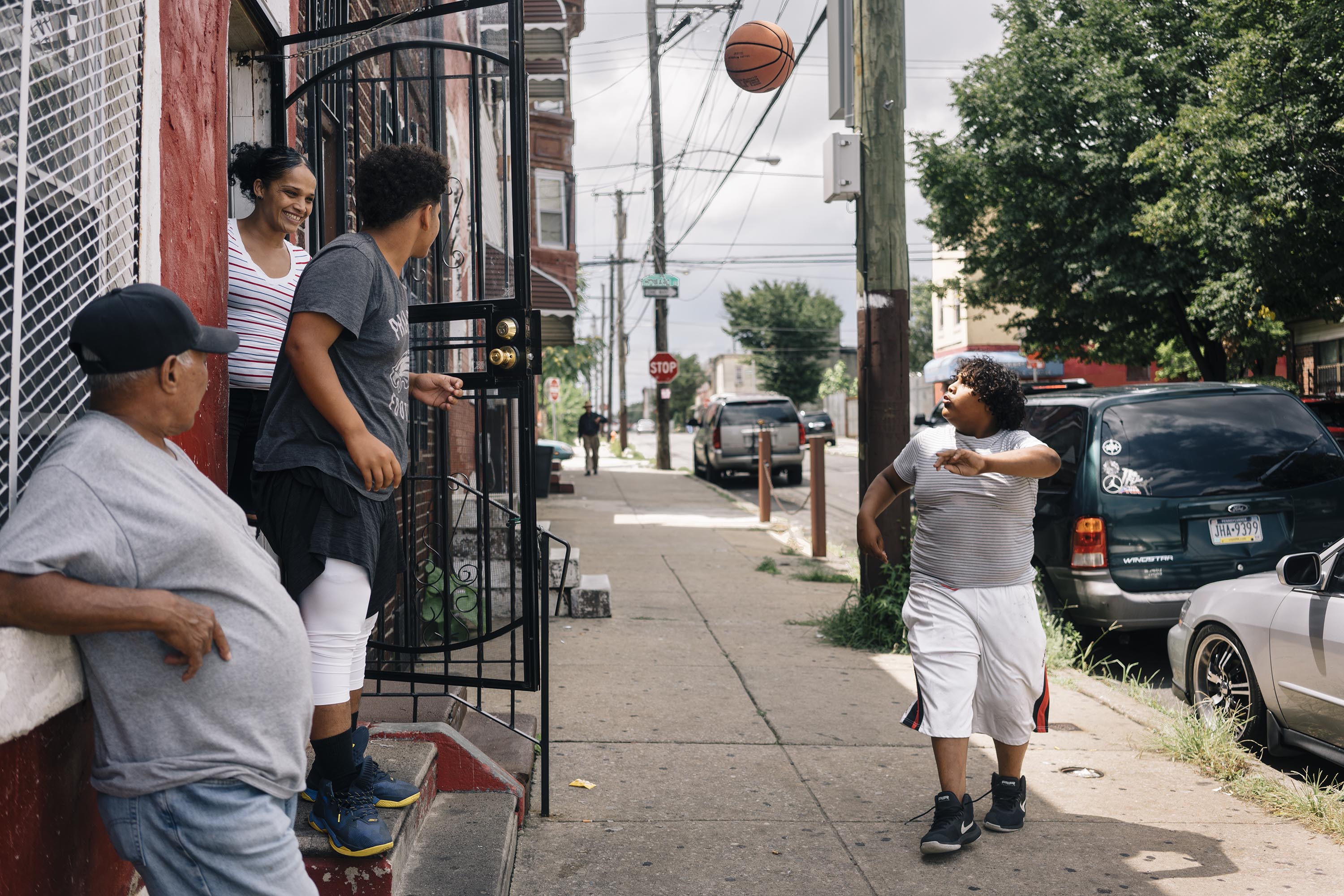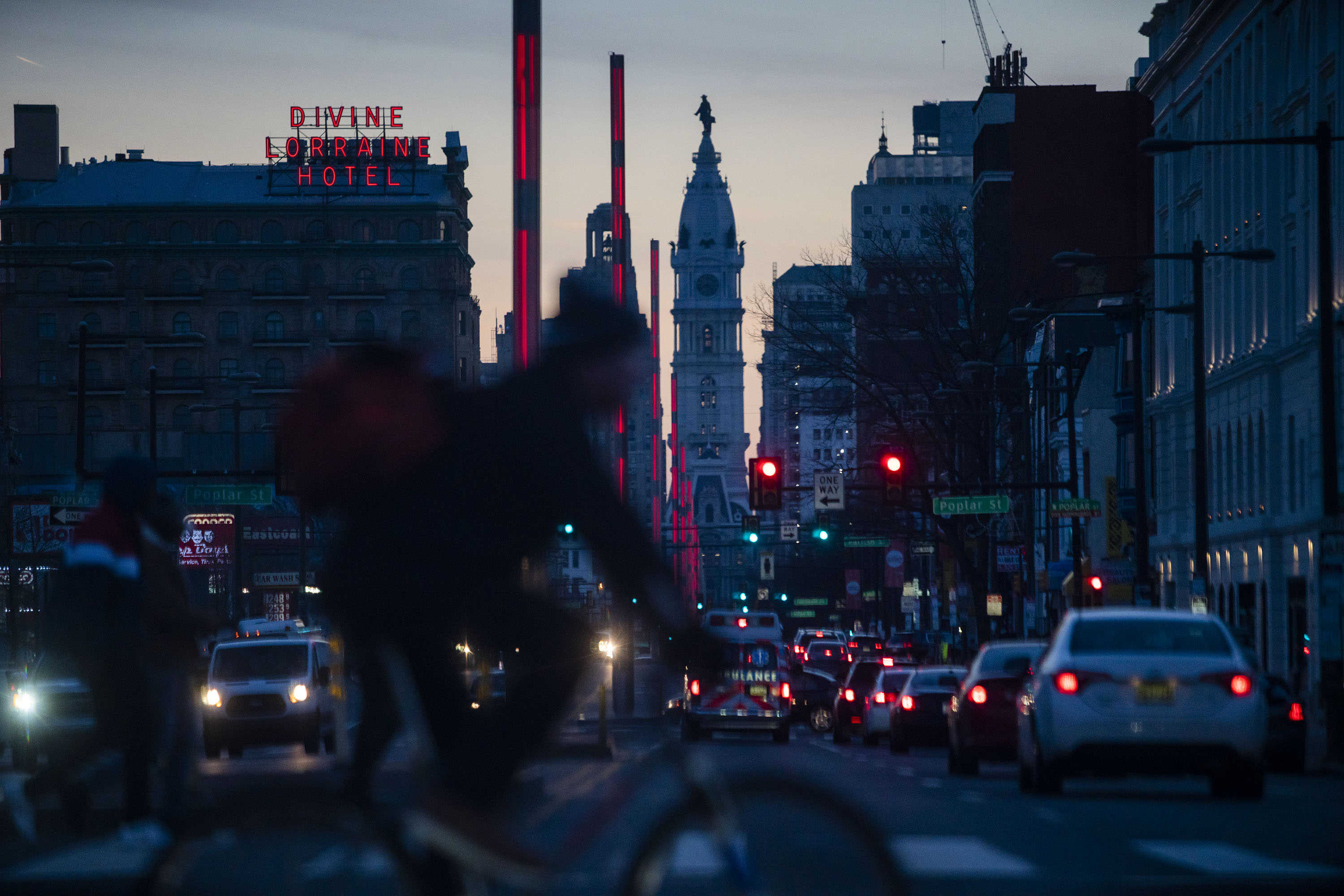
10 Trends That Have Changed Philadelphia in 10 Years
Philadelphia, like many U.S. cities, has a unique story to tell. The city has undergone profound change over the past decade. By many measures, Philadelphia is on an upswing. Neighborhoods have been invigorated by the arrival of Millennials and immigrants, who look at the city and see possibilities rather than liabilities. The city’s average number of jobs in 2018 was at the highest level since 1991, with unemployment at its lowest since 2000. Construction cranes and new high-rise buildings dot the skyline. But not all changes have been positive, and some challenges—many of them tied to poverty—persist.
For a decade now, through the annual “State of the City” report, The Pew Charitable Trusts has gathered and assessed the numbers that provide insight into life, work, and the economy in Philadelphia. To commemorate the 10th anniversary of this report, we’re painting a portrait of Philadelphia through 10 compelling data points that spotlight some of the city’s transformative trends over the past 10 years. A deeper exploration of these trends lends a better understanding of these data, the stories behind them, and how they affect Philadelphians.
The result is a fascinatingly complex picture of a city that has made real progress in a decade but still faces an array of issues. We look forward to seeing how Philadelphia and the numbers that define it evolve in the decades to come.
The Population Rebounded Millennials and immigrants drove more than a decade of growth
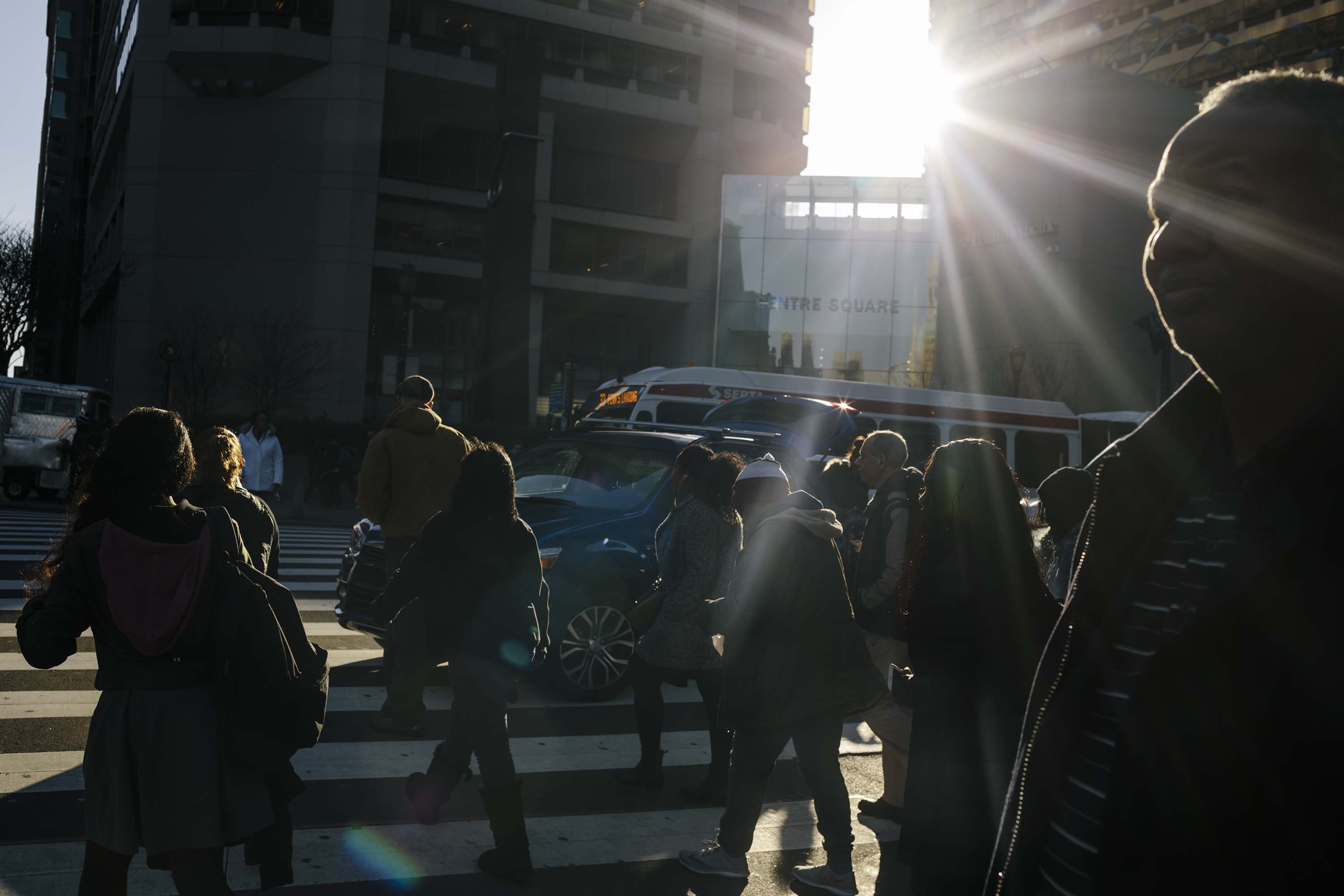
Philadelphia’s population has been growing steadily for more than a decade, ending more than a half-century of decline. Since bottoming out at 1,488,710 in 2006, the number has grown every year.
| year | Population |
|---|---|
| 2000 | 1514563 |
| 2001 | 1505455 |
| 2002 | 1498493 |
| 2003 | 1493802 |
| 2004 | 1492882 |
| 2005 | 1490861 |
| 2006 | 1488710 |
| 2007 | 1493309 |
| 2008 | 1499731 |
| 2009 | 1514694 |
| 2010 | 1528271 |
| 2011 | 1539649 |
| 2012 | 1551944 |
| 2013 | 1558109 |
| 2014 | 1564042 |
| 2015 | 1570507 |
| 2016 | 1574765 |
| 2017 | 1580863 |
Sources: U.S. Census Bureau, “2000–2010 Intercensal Estimates”; U.S. Census Bureau, “Population and Housing Unit Estimates,” 2011–17
The growth has been fueled largely by two groups: young adults and immigrants. From 2000 to 2016, the number of foreign-born residents rose by roughly 95,000 while the number of U.S.-born Philadelphians fell by 44,500.
Immigration Surged The immigrant population spiked 59% in 17 years

Philadelphia experienced a dramatic increase in the size of its immigrant population. More than a quarter of all Philadelphians are either immigrants or U.S. natives with immigrant parents. The number of immigrants jumped by 59 percent from 2000 to 2017—in recent years, the city has recorded its highest share of immigrants since 1950.
| year | Percentage |
|---|---|
| 1970 | 6.5 |
| 1980 | 6.4 |
| 1990 | 6.9 |
| 2000 | 9 |
| 2005 | 11.1 |
| 2010 | 11.6 |
| 2015 | 13.1 |
| 2017 | 13.8 |
Sources: U.S. Census Bureau, “Nativity of the Population for the 50 Largest Urban Places: 1870 to 1990”; U.S. Census Bureau, American Community Survey, one-year estimates, 2005, 2015, and 2017, Table B05002 (Place of Birth by Citizenship Status)
Beyond the numbers, where immigrants are coming from also plays a key role in shaping the city. Philadelphia’s immigrant population is diverse, and the greatest number of foreign-born residents have origins in Asia and the Americas. Chinese immigrants, the largest group, account for approximately 11 percent of the foreign-born population.
| region | Percentage |
|---|---|
| Asia | 39.4 |
| Oceania | 0.2 |
| Europe | 16.9 |
| Africa | 10.2 |
| Americas | 33.3 |
Note: Shares represent the annual average for the 2012-16 period. The Americas comprise the Caribbean, Central and South America, Mexico, and Canada.
Source: U.S. Census Bureau, American Community Survey, five-year estimates, 2012-16
Africa
Citywide
population
20,700
0
1,700
3,400
Americas
Citywide
population
67,900
0
4,900
9,800
Asia
Citywide
population
80,400
0
3,500
7,000
Europe
Citywide
population
34,600
0
2,700
5,400
Note: Data on immigrants from Oceania were insufficient for detailed analysis.
Source: U.S. Census Bureau, American Community Survey, five-year estimates, 2012–16
Poverty Persisted 26% of residents lived below the poverty line
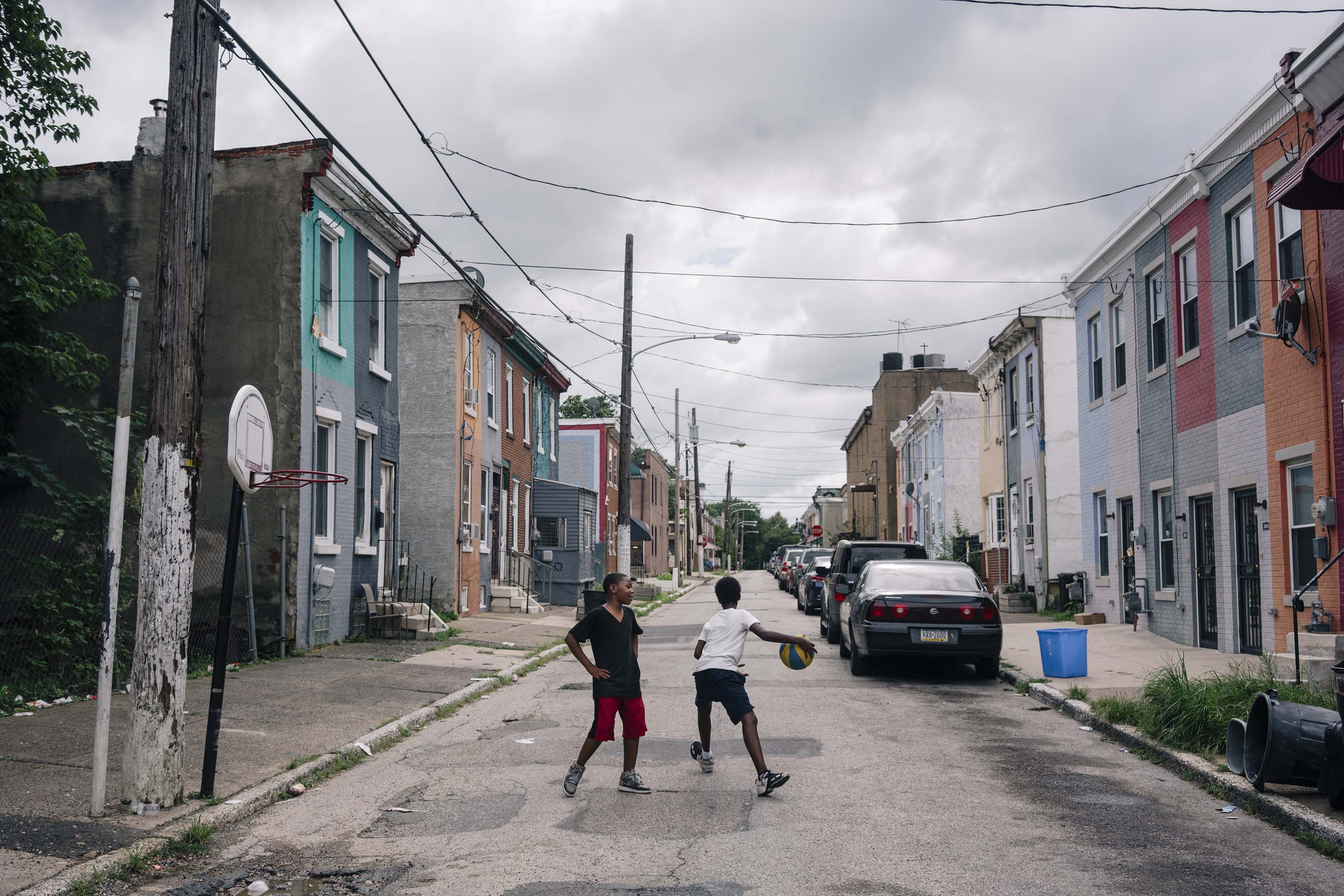
As population and immigration rose in Philadelphia, poverty remained a challenge. The city’s poverty rate has been stuck in the 26 percent range for the past five years. The deep poverty rate—defined as the share of households whose incomes are 50 percent below the federal poverty line—increased from 11.1 percent in 2008 to 14 percent in 2017.
Less than 15 percent
15-29 percent
30-44 percent
45 percent or more
19116
Insufficient data/nonresidential
19154
19115
19114
19150
19111
19118
19152
19126
19138
19119
19128
19136
19149
19141
19120
19144
19135
19127
19124
19129
19140
19137
19132
19133
19134
19131
19121
19122
19125
19151
19130
19123
19139
19104
19102
19106
19103
19107
19143
19146
19147
19142
19145
19148
19153
19112
According to the latest data, Philadelphia has the highest poverty rate among the nation’s 10 largest cities and the third-highest among the comparison cities studied in the “State of the City” report, behind only Detroit and Cleveland.
| city | Poverty rate |
|---|---|
| U.S. | 13.4 |
| Washington | 16.6 |
| Phoenix | 16.8 |
| Chicago | 18.6 |
| Boston | 18.7 |
| Pittsburgh | 20.2 |
| Houston | 20.6 |
| Baltimore | 22.2 |
| Philadelphia | 25.7 |
| Cleveland | 33.1 |
| Detroit | 34.5 |
Crime Fell, but Homicides Spiked Crime was at its lowest level since the 1970s, while homicides were up 11% in 2018

Crime in Philadelphia, while still relatively high in comparison to some other cities, is at its lowest level since the 1970s.
Over the past 10 years, the number of violent crimes—homicide, rape, robbery, and assault—has fallen 31 percent, with major crimes, including violent and property crimes, down 23 percent.
| year | Total major crimes | Violent crimes |
|---|---|---|
| 2008 | 82884 | 20681 |
| 2009 | 74485 | 18982 |
| 2010 | 75712 | 18328 |
| 2011 | 77465 | 18282 |
| 2012 | 74479 | 17641 |
| 2013 | 70526 | 17004 |
| 2014 | 68815 | 15771 |
| 2015 | 65544 | 16062 |
| 2016 | 64544 | 15236 |
| 2017 | 63403 | 15045 |
| 2018 | 63662 | 14273 |
Source: Philadelphia Police Department
The city’s homicide numbers, however, represent a troubling trend. Although violent crime overall dropped slightly in 2018, the number of murders rose to 351, the highest total since 2007 and up 11 percent in a single year. Police officials attributed the increase, at least in part, to the city’s opioid crisis.
| year | Homicides |
|---|---|
| 2008 | 331 |
| 2009 | 302 |
| 2010 | 306 |
| 2011 | 326 |
| 2012 | 331 |
| 2013 | 246 |
| 2014 | 248 |
| 2015 | 280 |
| 2016 | 277 |
| 2017 | 315 |
| 2018 | 351 |
Source: Philadelphia Police Department
Decreased 10 percent or more
Decreased less than 10 percent
Unchanged
Increased less than 10 percent
Increased 10 percent or more
Source: Philadelphia Police Department
An Opioid Crisis Hit Drug overdose deaths have nearly tripled since 2010
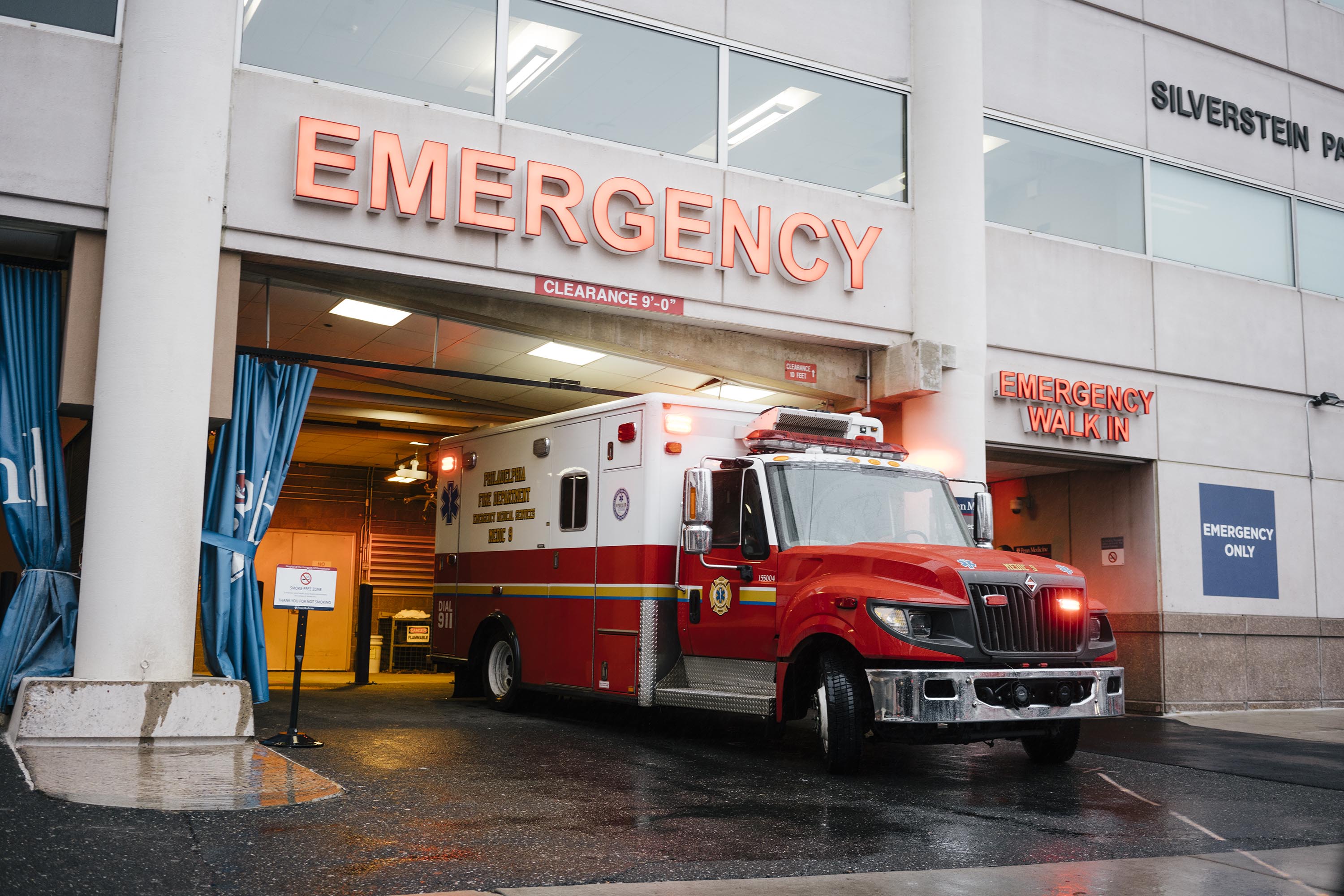
America’s opioid crisis is gripping Philadelphia, and the effects can be felt throughout the city. It’s increasing homicides, homelessness, and—most notably—overdose deaths.
Drug overdose deaths in the city have nearly tripled over the past decade. In 2017, more than 1,200 people died of drug overdoses—mostly related to opioid misuse—giving Philadelphia one of the highest drug death rates in the country; the total fell slightly in 2018. Drug overdoses were the third-leading cause of death among Philadelphia residents in 2017, totaling more than car accidents and homicides combined. By comparison, the city’s annual death toll from the AIDS epidemic peaked at 935 in the mid-1990s.
| year | Deaths | notes |
|---|---|---|
| 2008 | 460 | |
| 2009 | 419 | |
| 2010 | 387 | |
| 2011 | 489 | |
| 2012 | 513 | |
| 2013 | 460 | |
| 2014 | 628 | |
| 2015 | 702 | |
| 2016 | 907 | |
| 2017 | 1217 | |
| 2018 | 1100 | estimated |
Note: 2018 deaths are an estimate.
Source: Philadelphia Department of Public Health, “Combating the Opioid Epidemic”
Less than 10
10-25
26-50
More than 50
19116
Nonresidential
19154
19115
19114
19150
19111
19118
19152
19126
19138
19119
19128
19136
19149
19141
19120
19144
19135
19127
19124
19129
19140
19137
19132
19133
19134
19131
19121
19122
19125
19151
19130
19123
19139
19104
19102
19106
19103
19107
19143
19146
19147
19142
19145
19148
19153
19112
Infant Mortality Dropped Infant deaths declined more than a third in 10 years
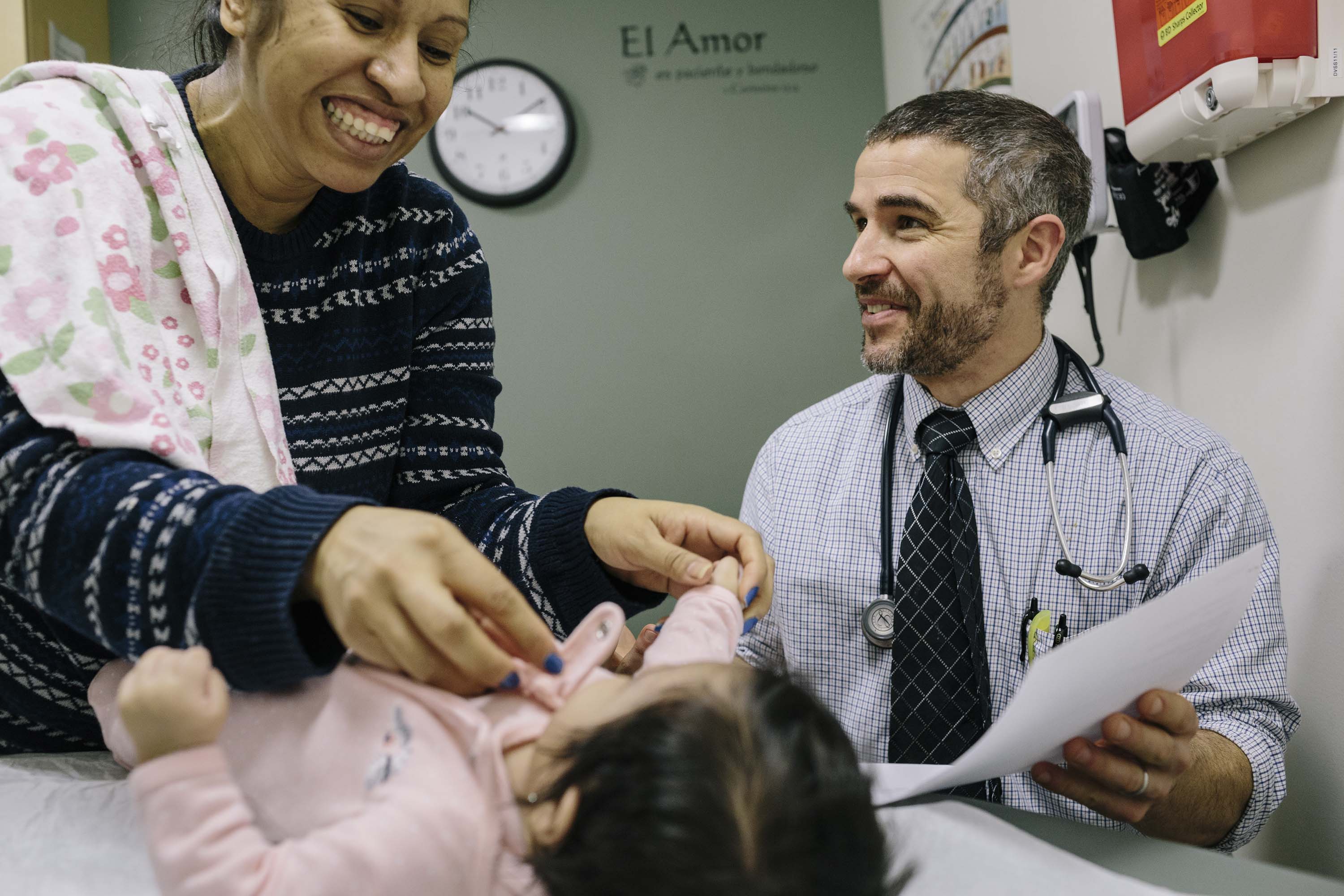
Infant deaths declined by more than a third in 10 years. In 2017, 178 infants died in Philadelphia, or 8.4 per 1,000 births, compared with 286 in 2007. The number of Philadelphia infants who died before their first birthdays has plateaued since 2014.
| year | Deaths |
|---|---|
| 2007 | 286 |
| 2008 | 255 |
| 2009 | 253 |
| 2010 | 248 |
| 2011 | 219 |
| 2012 | 236 |
| 2013 | 209 |
| 2014 | 177 |
| 2015 | 184 |
| 2016 | 185 |
| 2017 | 178 |
Sources: Philadelphia Department of Public Health; Pennsylvania Department of Health, Bureau of Health Statistics and Research, “Resident Infant Deaths by Age, Sex, Race, and County (Single Year), Pennsylvania”
More People Had Health Insurance The number of insured grew by almost a third since 2008
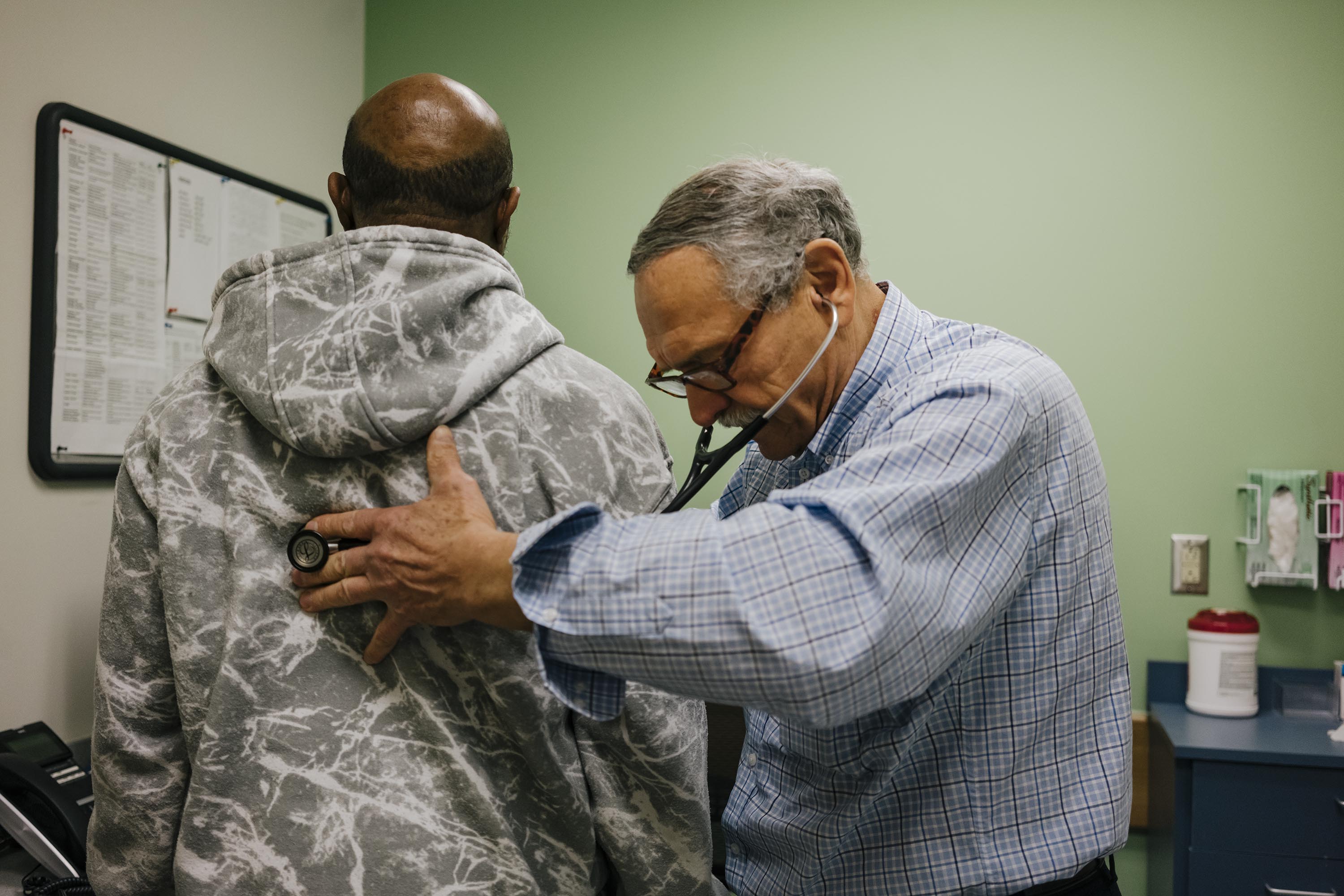
In recent years, the percentage of individuals without health insurance declined in Philadelphia and other cities in states that have exercised the option to expand Medicaid eligibility under the Affordable Care Act. In Philadelphia, the percentage dropped by 2.6 points from 2015 to 2017, to 7.1 percent.
| city | Percentage |
|---|---|
| Boston | 3.6 |
| Washington | 3.8 |
| Pittsburgh | 4.9 |
| Baltimore | 6.9 |
| Cleveland | 7 |
| Philadelphia | 7.1 |
| Detroit | 8 |
| U.S. | 8.7 |
| Chicago | 9.8 |
| Phoenix | 13.1 |
| Houston | 22.8 |
The Jail Population Dropped The number of people in jails fell almost 40% in a decade
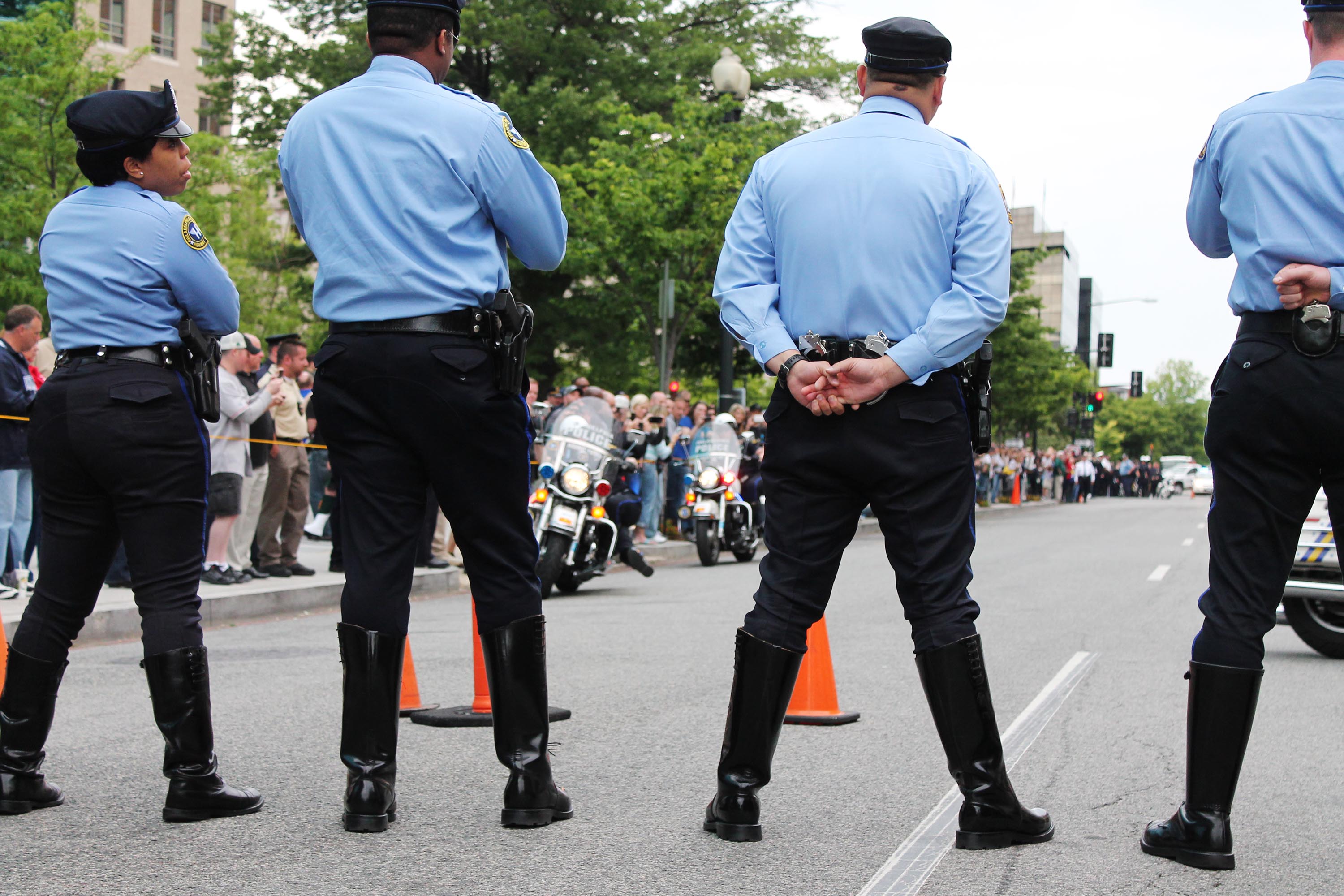
Reflecting a larger national trend, Philadelphia has made a concerted effort in recent years to reduce the jail population. The number of people in Philadelphia jails fell by almost 40 percent over the past decade. And in a city that traditionally has had one of the country’s highest levels of incarceration, the jail population fell to 5,251 in 2018, down from 8,932 just five years earlier—perhaps the most dramatic sign of a broad attempt by the city to reshape its criminal justice system.
| year | Inmates |
|---|---|
| 2008 | 8656 |
| 2009 | 9322 |
| 2010 | 8271 |
| 2011 | 8034 |
| 2012 | 8676 |
| 2013 | 8932 |
| 2014 | 8374 |
| 2015 | 7938 |
| 2016 | 7334 |
| 2017 | 6724 |
| 2018 | 5251 |
Source: Philadelphia Department of Prisons
This finding means that the city met a goal, supported by a grant from the John D. and Catherine T. MacArthur Foundation, to reduce the jail population by one-third from 2015 to 2018. The current aim, backed by another MacArthur grant, is to get the population under 4,000 by 2020.
More High Schoolers Graduated The graduation rate rose by 12 percentage points in a decade

The four-year high school graduation rate in public schools—now run by a local school board after nearly two decades of state control—continued its steady climb, reaching 69 percent for the Class of 2018, the highest it has been in many years. For the Class of 2008, the rate was only 57 percent.
| class | In five or six years | In four years |
|---|---|---|
| 69 | ||
| 67 | ||
| 73 | 66 | |
| 72 | 65 | |
| 71 | 65 | |
| 70 | 65 | |
| 69 | 66 | |
| 67 | 63 | |
| 64 | 60 | |
| 61 | 56 | |
| 63 | 57 |
Source: School District of Philadelphia, District Performance Office
Construction Boomed Residential building permits almost doubled
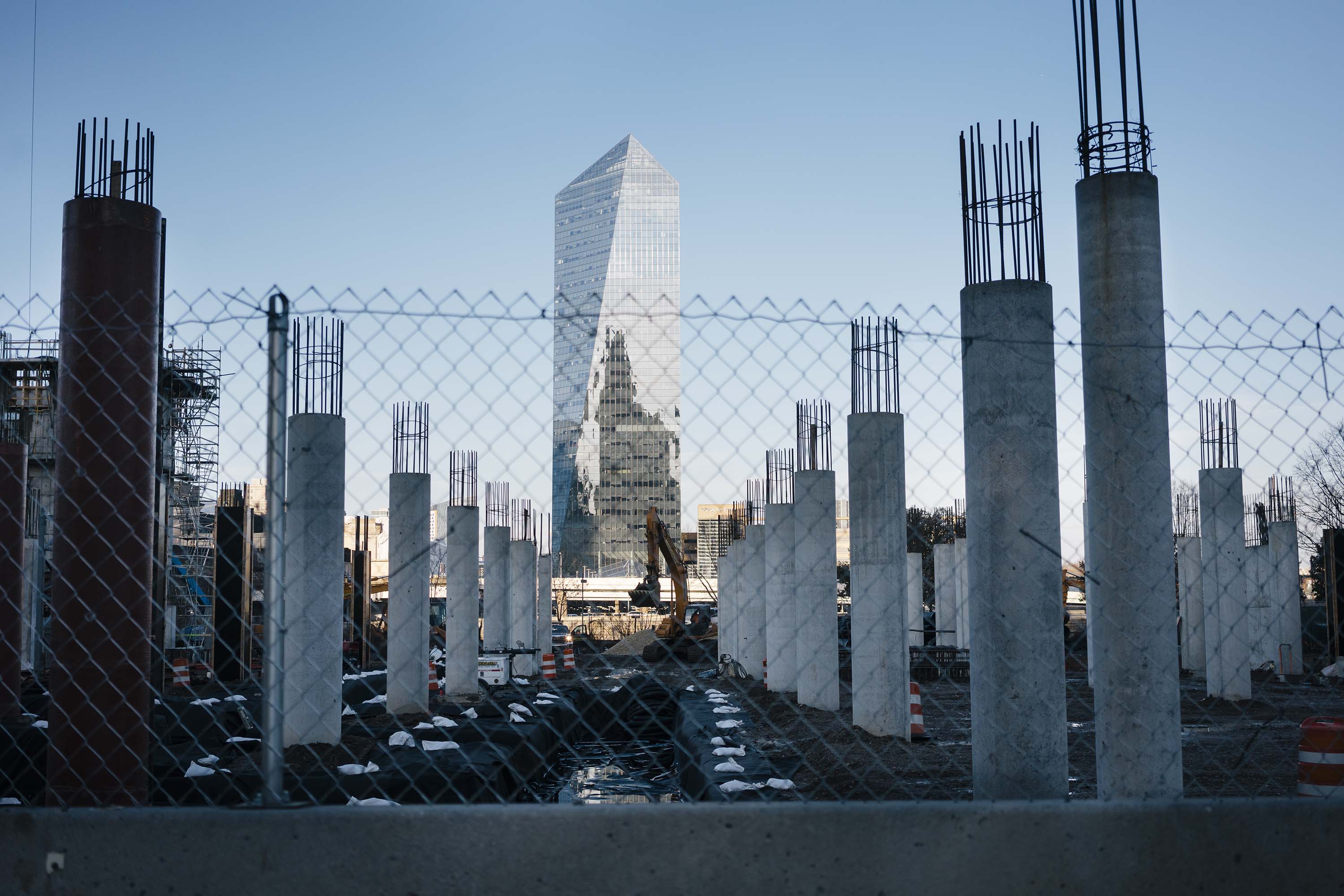
With the population growing, the number of residential building permits has almost doubled over the past decade. Although the number of permits dipped slightly last year, it was still high by historical standards. How this new construction will change the dynamics of the city and everyday life for Philadelphians in the coming decades remains to be seen.
| year | Permits |
|---|---|
| 2008 | 1701 |
| 2009 | 947 |
| 2010 | 984 |
| 2011 | 1552 |
| 2012 | 2175 |
| 2013 | 2815 |
| 2014 | 3973 |
| 2015 | 3666 |
| 2016 | 3175 |
| 2017 | 3389 |
| 2018 | 3239 |
Source: U.S. Census Bureau, “Building Permits Survey,” based on data from Philadelphia’s Department of Licenses and Inspections
To examine these 10 trends in greater detail and access comprehensive data, charts, maps, and other findings, download the full 2019 "State of the City" report.
